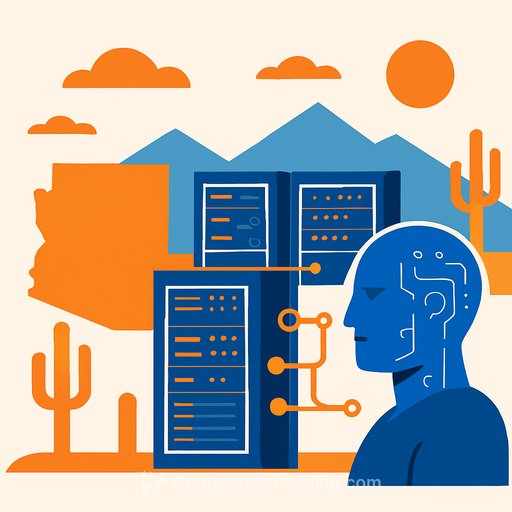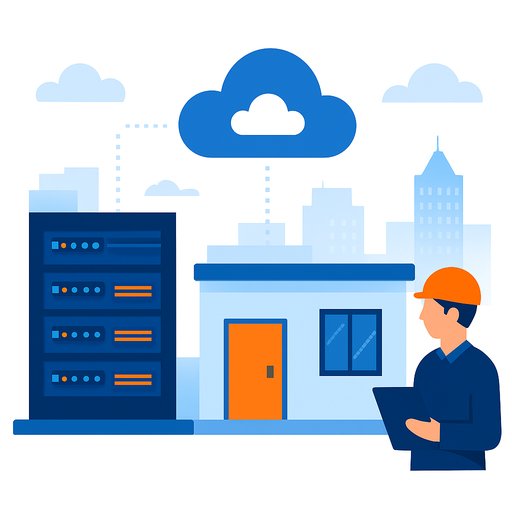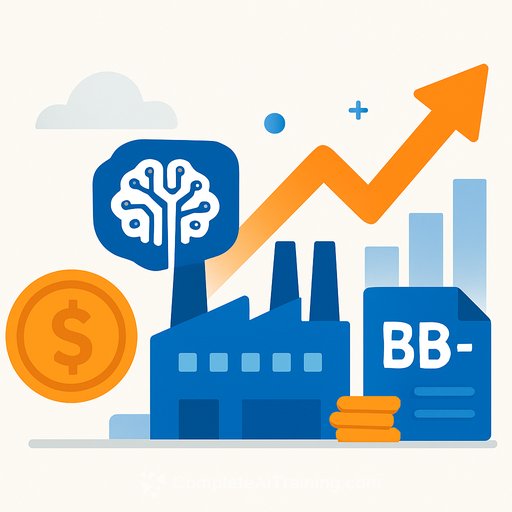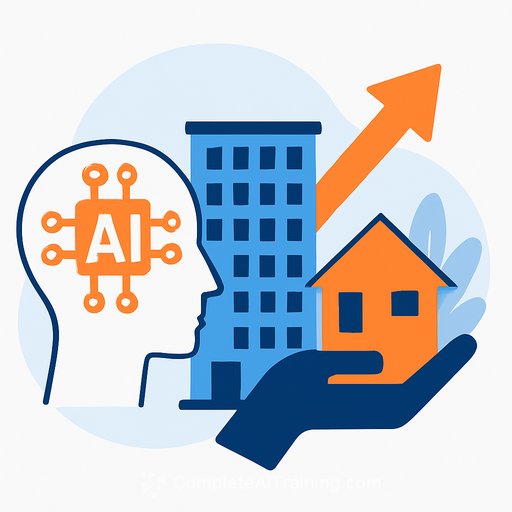How Arizona’s Data Center Construction Will Surge with AI Adoption
Earlier this year, tech stocks took a hit after Chinese AI startup DeepSeek introduced a large language model that reportedly operates at a fraction of the cost of U.S. alternatives, while delivering similar performance. DeepSeek claimed it spent just $5.6 million to train its AI, compared to OpenAI’s $100 million+ investment for GPT-4. While some remain skeptical of these figures, the growing demand for data centers to support AI and other technologies is undeniable.
Andrew Batson, senior director for Americas data center research at JLL, points out that this news doesn’t change long-term expectations. The cost per AI query is expected to decline steadily, leading to increased usage — an example of Jevons paradox, where cheaper resources drive higher consumption. This trend is clear in AI workloads.
Major U.S. tech firms have recognized the need for expanded data center infrastructure. Amazon, Microsoft, Google, and Meta have invested nearly $1 trillion in data centers over the last five years. That capital could translate into around 30 gigawatts of new or upgraded data center capacity worldwide.
Despite the hype around AI, Batson notes that much of current data center growth still comes from internet traffic, enterprise applications, and data storage. Data creation is growing at a 24% compound annual rate, with AI just one driver among others such as the Internet of Things and autonomous vehicles. According to Avison Young, the global datasphere is set to more than double from 101 zettabytes in 2022 to 221 zettabytes by 2026.
Batson estimates AI-related workloads will make up about 15% of data center activity by 2025. As AI integrates more deeply into various technologies, this could rise to 40% by 2030. Although forecasts vary, the consensus is that AI’s share of data center demand will grow significantly over time.
Arizona’s Growing Data Center Sector
Greater Phoenix has become a hotspot for data center development due to its low risk of natural disasters, strong infrastructure, and proximity to West Coast tech markets offering low-latency connectivity. According to a JLL market report, speed to market is a key advantage here, with new facilities often fully preleased before completion.
Supporting this, Cushman & Wakefield data shows an 84% prelease rate for Phoenix data centers, with colocation leasing rising from 411 megawatts in 2022 to a projected 669 megawatts by 2024. This reflects strong demand from wholesale occupiers seeking space in the region.
However, some local governments have started imposing restrictions on data center construction over concerns about water usage and job creation versus land consumption. JD Beatty of Iron Mountain Data Centers highlights that newer facilities use air-cooled, closed-loop systems that reduce water use to levels comparable with other industrial buildings. This marks a significant improvement over earlier data center designs.
Dan Diorio from the Data Center Coalition emphasizes the importance of demonstrating the sector’s economic benefits. In Arizona, for every direct data center job, there are six and a half additional jobs supported indirectly. The state saw 81,730 data center-related jobs in 2023, a 34% increase since 2017, with labor income rising 60% to $6.23 billion.
Between 2022 and 2023, data centers contributed $21.59 billion to Arizona’s GDP and generated $1.69 billion in tax revenue. These impacts support local services like schools and hospitals, underscoring the sector’s growing economic role beyond the initial footprint.
For professionals in real estate and construction, understanding these trends is critical. Arizona offers a prime environment for data center projects that balance infrastructure needs, resource efficiency, and economic impact. As AI adoption accelerates, demand for data center capacity in regions like Phoenix is set to rise sharply.
Your membership also unlocks:






